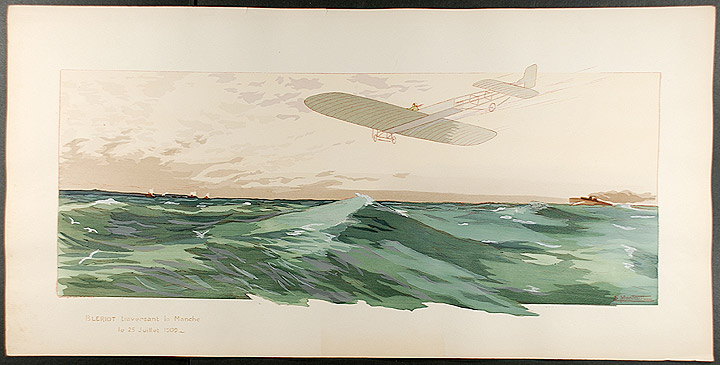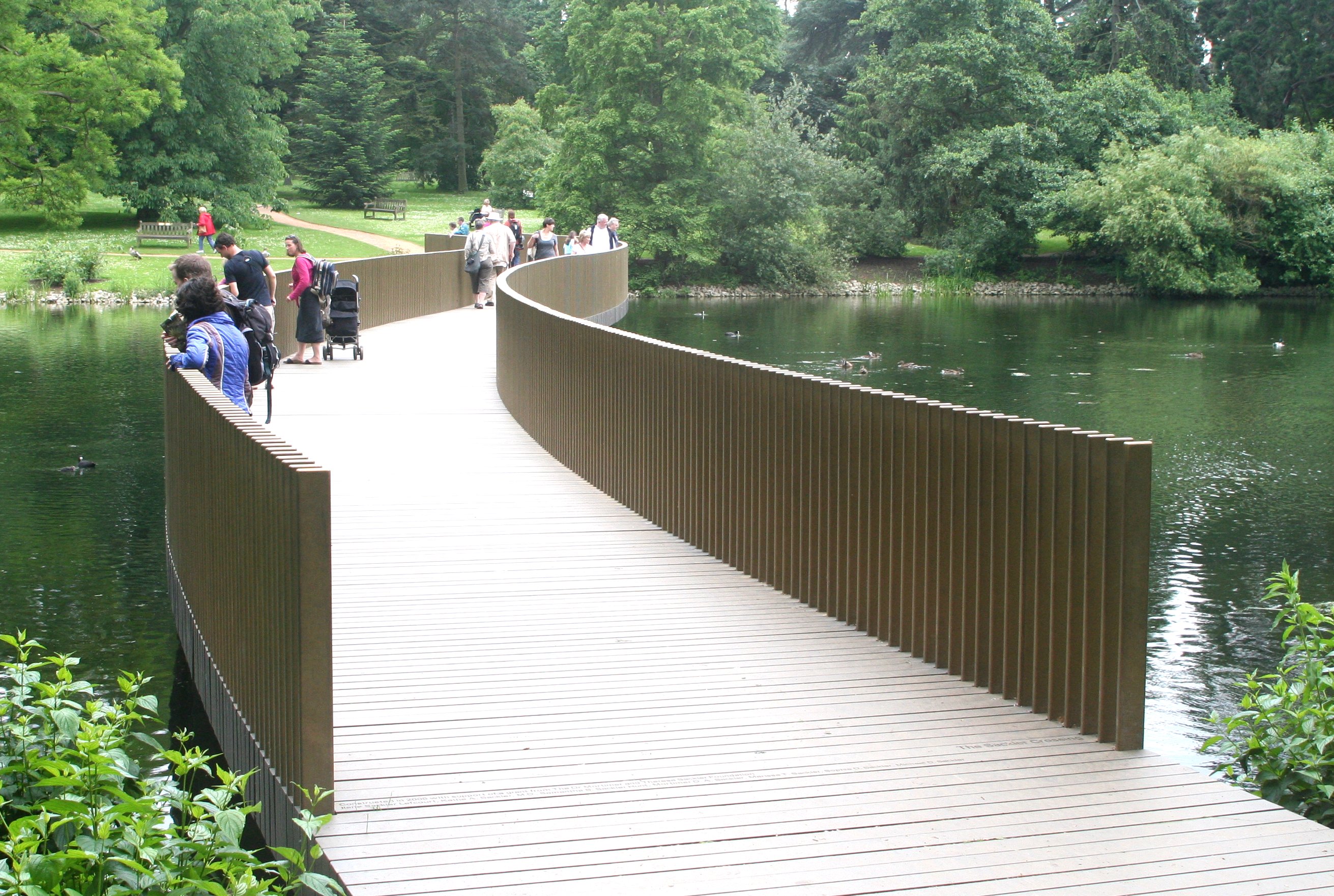|
Gwendoline Joyce Lewis
Gwendoline Joyce Lewis (1909–1967) was a South African botanist. Life She graduated from the University of Cape Town, with a PhD. She was active in the description and classification of species of the family of the Iridaceae. She was an accomplished plant collector and added over 8000 plant specimens to herbaria. She was botanist at the Bolus Herbarium of the University of Cape Town for 2 years and then was appointed curator of the South African Museum Herbarium. In 1956 this herbarium and its staff moved to Kirstenbosch National Botanical Garden Kirstenbosch is a botanical garden nestled at the eastern foot of Table Mountain in Cape Town. The garden is one of 10 National Botanical Gardens covering five of South Africa's six different biomes and administered by the South African Natio .... Lewis was appointed a Research Officer with the National Botanical Gardens. She was a Fellow of the Royal Society of South Africa. She died in Cape Town on 11 April 1967. The follow ... [...More Info...] [...Related Items...] OR: [Wikipedia] [Google] [Baidu] |
Botany
Botany, also called plant science, is the branch of natural science and biology studying plants, especially Plant anatomy, their anatomy, Plant taxonomy, taxonomy, and Plant ecology, ecology. A botanist or plant scientist is a scientist who specialises in this field. "Plant" and "botany" may be defined more narrowly to include only land plants and their study, which is also known as phytology. Phytologists or botanists (in the strict sense) study approximately 410,000 species of Embryophyte, land plants, including some 391,000 species of vascular plants (of which approximately 369,000 are flowering plants) and approximately 20,000 bryophytes. Botany originated as history of herbalism#Prehistory, prehistoric herbalism to identify and later cultivate plants that were edible, poisonous, and medicinal, making it one of the first endeavours of human investigation. Medieval physic gardens, often attached to Monastery, monasteries, contained plants possibly having medicinal benefit. ... [...More Info...] [...Related Items...] OR: [Wikipedia] [Google] [Baidu] |
Thamnochortus
''Thamnochortus'' is a group of plants in the Restionaceae described as a genus in 1767.Bergius, Peter Jonas. 1767. Descriptiones Plantarum ex Capite Bonae Spei 353 The entire genus is endemic to Cape Province in South Africa. ; Species ; formerly included moved to other genera: '' Cannomois Hypodiscus ''Hypodiscus'' is a group of plants in the Restionaceae named by Christian Gottfried Daniel Nees von Esenbeck and described as a genus in 1836.Nees von Esenbeck, Christian Gottfried Daniel. 1836. Introduction to the Natural System of Botany 450 ... Restio Rhodocoma Staberoha'' References Restionaceae Endemic flora of the Cape Provinces Fynbos Poales genera {{Poales-stub ... [...More Info...] [...Related Items...] OR: [Wikipedia] [Google] [Baidu] |
1909 Births
Events January–February * January 4 – Explorer Aeneas Mackintosh of the Imperial Trans-Antarctic Expedition escapes death by fleeing across drift ice, ice floes. * January 7 – Colombia recognizes the independence of Panama. * January 9 – The British Nimrod Expedition, ''Nimrod'' Expedition to the South Pole, led by Ernest Shackleton, arrives at the Farthest South, farthest south reached by any prior expedition, at 88°23' S, prior to turning back due to diminishing supplies. * January 11 – The International Joint Commission on US-Canada boundary waters is established. * January 16 – Members of the ''Nimrod'' Expedition claim to have found the magnetic South Pole (but the location recorded may be incorrect). * January 24 – The White Star Liner RMS Republic (1903), RMS ''Republic'' sinks the day after a collision with ''SS Florida'' off Nantucket. Almost all of the 1,500 passengers are rescued. * January 28 – The last United States t ... [...More Info...] [...Related Items...] OR: [Wikipedia] [Google] [Baidu] |
1967 Deaths
Events January * January 1 – Canada begins a year-long celebration of the 100th anniversary of Canadian Confederation, Confederation, featuring the Expo 67 World's Fair. * January 6 – Vietnam War: United States Marine Corps and Army of the Republic of Vietnam troops launch ''Operation Deckhouse Five'' in the Mekong Delta. * January 8 – Vietnam War: Operation Cedar Falls starts, in an attempt to eliminate the Iron Triangle (Vietnam), Iron Triangle. * January 13 – A military coup occurs in Togo under the leadership of Étienne Eyadema. * January 15 – Louis Leakey announces the discovery of pre-human fossils in Kenya; he names the species ''Proconsul nyanzae, Kenyapithecus africanus''. * January 23 ** In Munich, the trial begins of Wilhelm Harster, accused of the murder of 82,856 Jews (including Anne Frank) when he led German security police during the German occupation of the Netherlands. He is eventually sentenced to 15 years in prison. ** Milton Keynes in England is ... [...More Info...] [...Related Items...] OR: [Wikipedia] [Google] [Baidu] |
South African Women Botanists
South is one of the cardinal directions or compass points. The direction is the opposite of north and is perpendicular to both west and east. Etymology The word ''south'' comes from Old English ''sūþ'', from earlier Proto-Germanic ''*sunþaz'' ("south"), possibly related to the same Proto-Indo-European root that the word ''sun'' derived from. Some languages describe south in the same way, from the fact that it is the direction of the sun at noon (in the Northern Hemisphere), like Latin meridies 'noon, south' (from medius 'middle' + dies 'day', ), while others describe south as the right-hand side of the rising sun, like Biblical Hebrew תֵּימָן teiman 'south' from יָמִין yamin 'right', Aramaic תַּימנַא taymna from יָמִין yamin 'right' and Syriac ܬܰܝܡܢܳܐ taymna from ܝܰܡܝܺܢܳܐ yamina (hence the name of Yemen, the land to the south/right of the Levant). South is sometimes abbreviated as S. Navigation By convention, the ''bottom or down-f ... [...More Info...] [...Related Items...] OR: [Wikipedia] [Google] [Baidu] |
Botanists With Author Abbreviations
This is a list of botanists who have Wikipedia articles, in alphabetical order by surname. The List of botanists by author abbreviation is mostly a list of plant taxonomists because an author receives a standard abbreviation only when that author originates a new plant name. Botany is one of the few sciences which has had, since the Middle Ages, substantial participation by women. A *Erik Acharius (1757–1819) * Julián Acuña Galé (1900–1973) * Johann Friedrich Adam (1780–1838) * Carl Adolph Agardh (1785–1859) * Jacob Georg Agardh (1813–1901) * Nikolaus Ager (1568–1634) *William Aiton (1731–1793) * Frédéric-Louis Allamand (1736–1809) * Ruth F. Allen (1879–1963) * Carlo Allioni (1728–1804) * Lucile Allorge (b. 1937) *Prospero Alpini (1553–1617) * Benjamin Alvord (1813–1884) * Adeline Ames (1879–1976) * Janaki Ammal (1897–1984) *Eliza Frances Andrews (1840–1931) *Agnes Arber (1879–1960) *Giovanni Arcangeli (1840–1921) * David Ashton (1 ... [...More Info...] [...Related Items...] OR: [Wikipedia] [Google] [Baidu] |
Kew Gardens
Kew Gardens is a botanical garden, botanic garden in southwest London that houses the "largest and most diverse botany, botanical and mycology, mycological collections in the world". Founded in 1759, from the exotic garden at Kew Park, its living collections include some of the 27,000 taxa curated by Royal Botanic Gardens, Kew, while the herbarium, one of the largest in the world, has over preserved plant and fungal specimens. The library contains more than 750,000 volumes, and the illustrations collection contains more than 175,000 prints and drawings of plants. It is one of London's top tourist attractions and is a World Heritage Sites, World Heritage Site. Kew Gardens, together with the botanic gardens at Wakehurst Place, Wakehurst in Sussex, are managed by the Royal Botanic Gardens, Kew, an internationally important botany, botanical research and education institution that employs over 1,100 staff and is a non-departmental public body sponsored by the Department for Envir ... [...More Info...] [...Related Items...] OR: [Wikipedia] [Google] [Baidu] |
Muraltia
''Muraltia'' is a genus of plants in the milkwort family (Polygalaceae) which is native to Southern and Eastern Africa. Most of the species are endemic to South Africa, and one species is naturalized in Australia. It is named after Johannes von Muralt, a Swiss botanist and surgeon. In 2006 the genus ''Nylandtia'', which contained two species, was merged into ''Muraltia''. The two species formerly part of ''Nylandtia'' are '' Muraltia scoparia'' and '' Muraltia spinosa''. ''Nylandtia'' are commonly known as "Tortoise berry" plants ("skilpadbessie"). This is because of the bright edible berries that they produce, which are relished by the tortoise species of the fynbos. Description Muraltia are perennial, ericoid shrublets or shrubs. Their small flowers and sessile or have short stalks. usually have 3 petals and 5 sepals which are usually subequal. Their fruits contain 2 seeds. Their capsules are flat, membranous, and usually 4-horned. Its seeds are pubescent. ... [...More Info...] [...Related Items...] OR: [Wikipedia] [Google] [Baidu] |
Iridaceae
Iridaceae () is a family of plants in order Asparagales, taking its name from the Iris (plant), irises. It has a nearly global distribution, with 69 accepted genera with a total of about 2500 species. It includes a number of economically important cultivated plants, such as species of ''Freesia'', ''Gladiolus'', and ''Crocus'', as well as the crop saffron. Members of this family are perennial plants, with a bulb, corm or rhizome. The plants grow erect, and have leaves that are generally grass-like, with a sharp central fold. Some examples of members of this family are the blue flag and yellow flag. Etymology The family name comes from the genus ''Iris (plant), Iris'', the family's largest and best-known genus in Europe. This genus dates from 1753, when it was coined by Swedish botanist, Carl Linnaeus. Its name derives from the Greek goddess, Iris, who carried messages from Mount Olympus, Olympus to earth along a rainbow, whose colors were seen by Linnaeus in the multi-hued petal ... [...More Info...] [...Related Items...] OR: [Wikipedia] [Google] [Baidu] |
Geissorhiza
''Geissorhiza'' is a genus with 103 species described to date of deciduous perennial flowering plants in the family Iridaceae, first described as a genus in 1803. The entire genus is endemic to the Cape Province of western South Africa. The genus name is derived from the Greek Greek may refer to: Anything of, from, or related to Greece, a country in Southern Europe: *Greeks, an ethnic group *Greek language, a branch of the Indo-European language family **Proto-Greek language, the assumed last common ancestor of all kno ... words ''geisson'', meaning "tile", and ''rhizon'', meaning "root". Selected species: * '' Geissorhiza aspera'' * '' Geissorhiza brehmii'' * '' Geissorhiza cantharophila'' * '' Geissorhiza cataractarum'' * '' Geissorhiza cedarmontana'' * '' Geissorhiza ciliatula'' * '' Geissorhiza confusa'' * '' Geissorhiza corrugata'' * '' Geissorhiza darlingensis'' * '' Geissorhiza delicatula'' * '' Geissorhiza demissa'' * '' Geissorhiza divaricata'' * '' Geissorhiza elsiae ... [...More Info...] [...Related Items...] OR: [Wikipedia] [Google] [Baidu] |
Royal Society Of South Africa
The Royal Society of South Africa is a learned society composed of eminent South African scientists and academics. The society was granted its royal charter by King Edward VII in 1908, nearly a century after Capetonians first began to conceive of a national scholarly society. The 1877 founder and first president of the society was Sir Bartle Frere (1815–1884). Fellows are entitled to the post-nominal letters FRSSAf. History The society has its origins in the South African Institution, dating from 1825. The museum of the South African Institution eventually formed the present South African Museum in Cape Town. In 1877, the South African Philosophical Society was founded. In 1908 the society was granted a royal charter along the lines of that of the Royal Society of London and with the title of the Royal Society of South Africa. In the same year, the ''Transactions of the Royal Society of South Africa'' began to appear, immediately succeeding those of the South African Philosophi ... [...More Info...] [...Related Items...] OR: [Wikipedia] [Google] [Baidu] |


